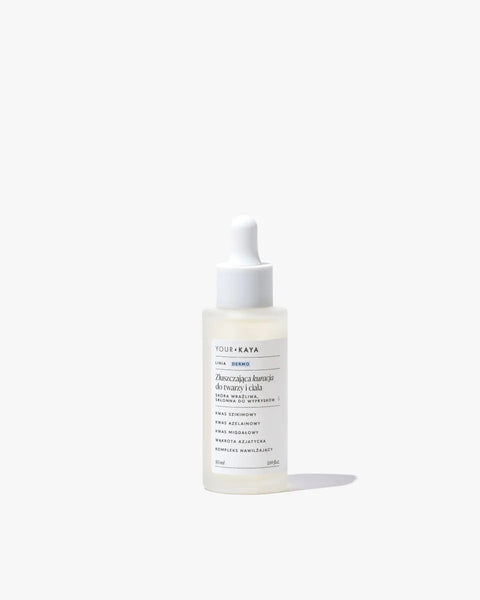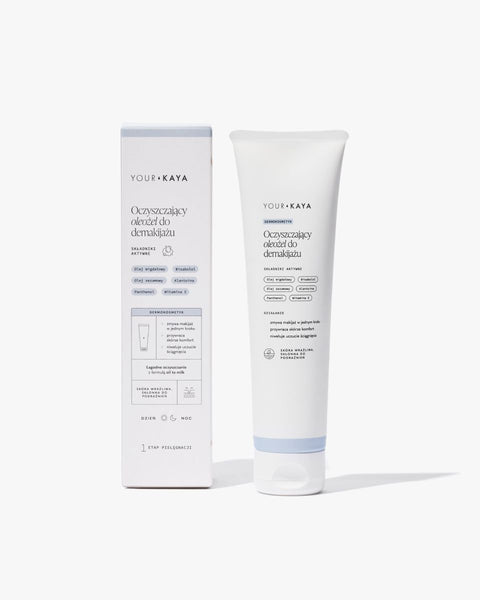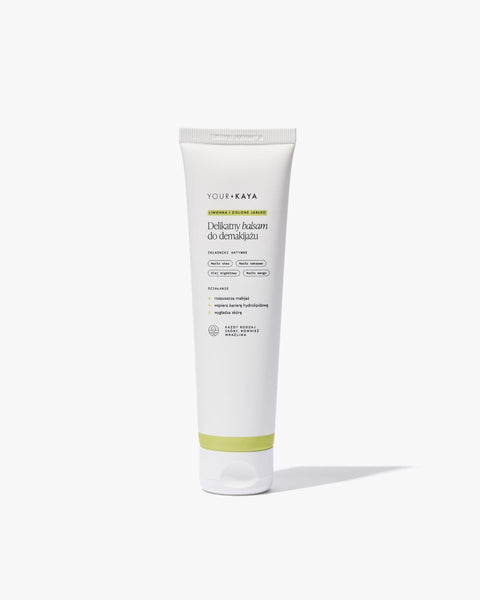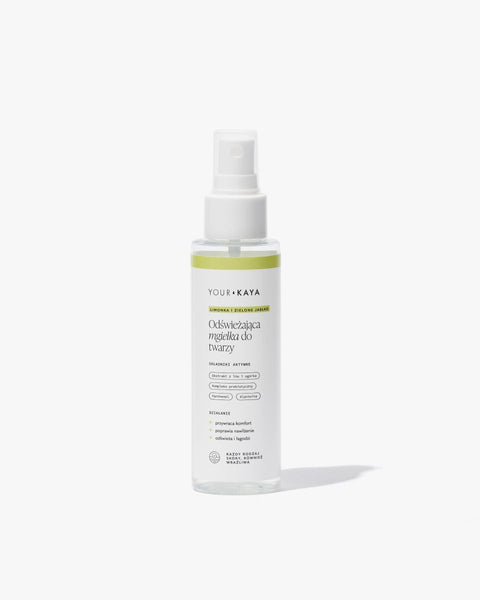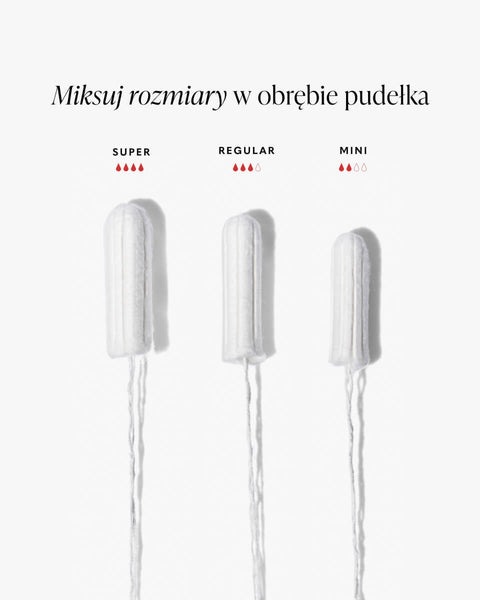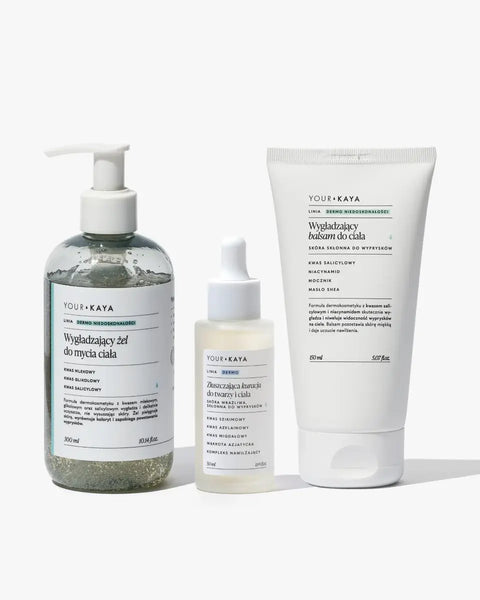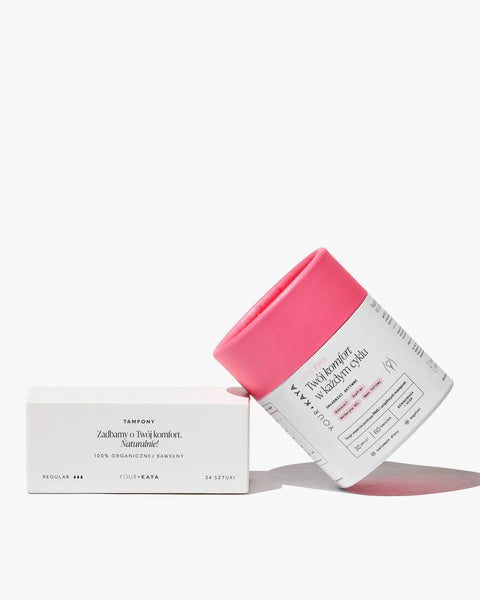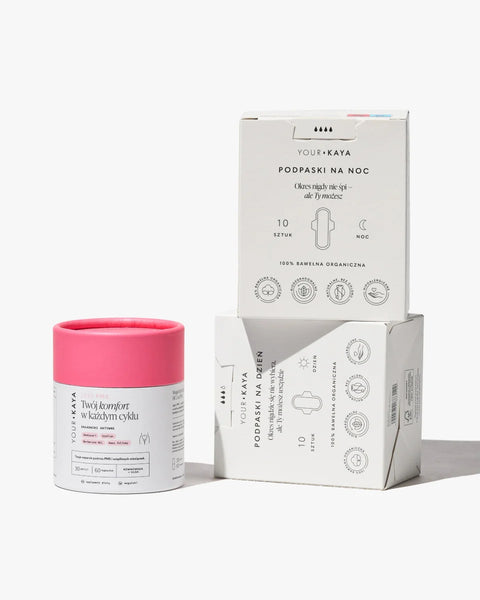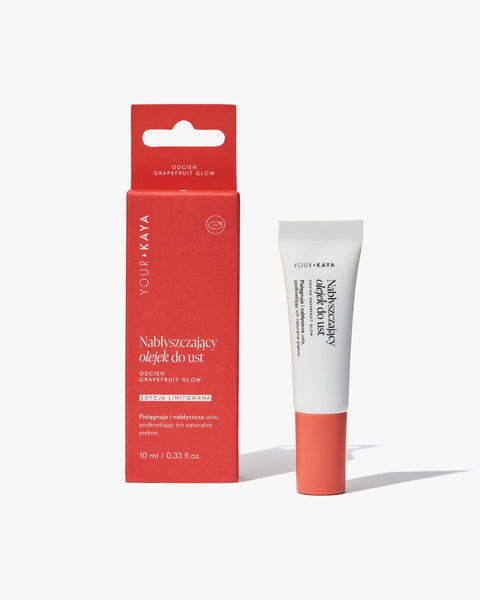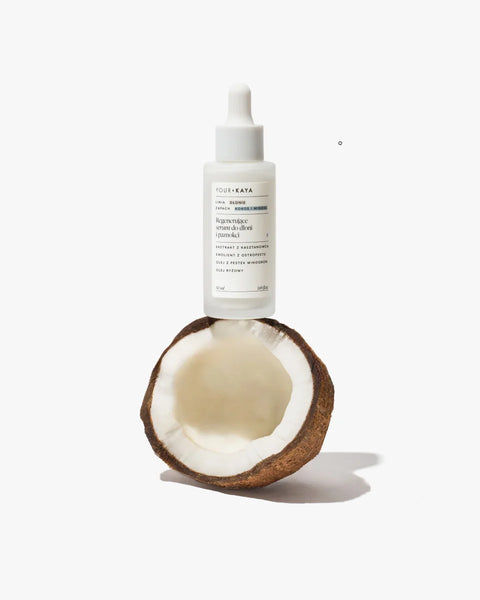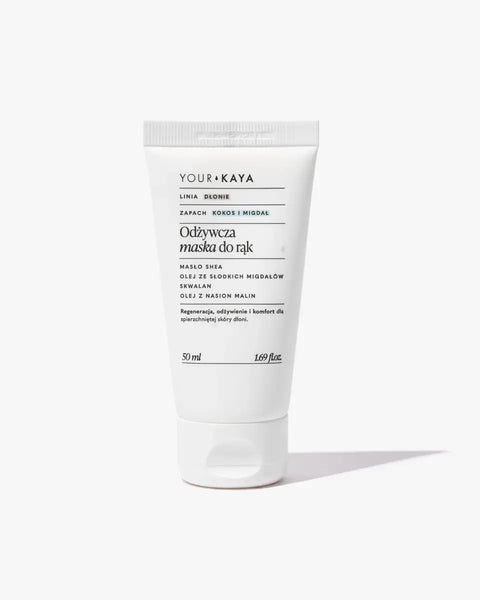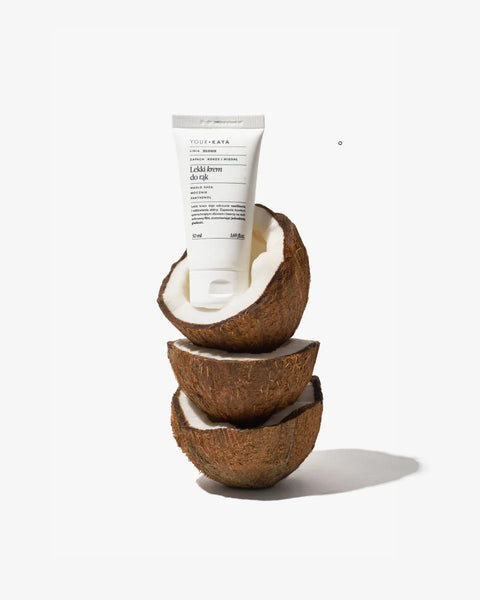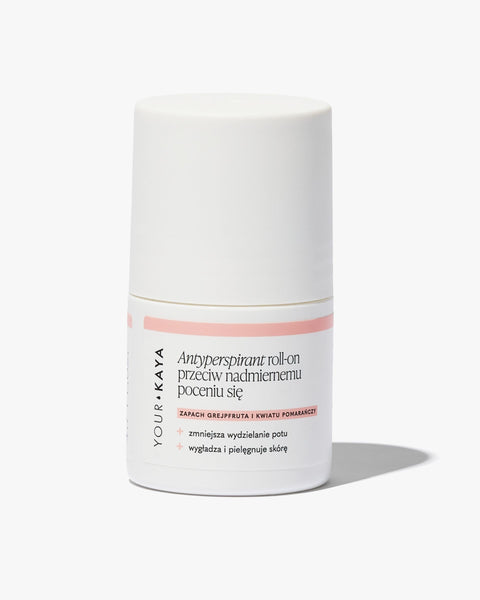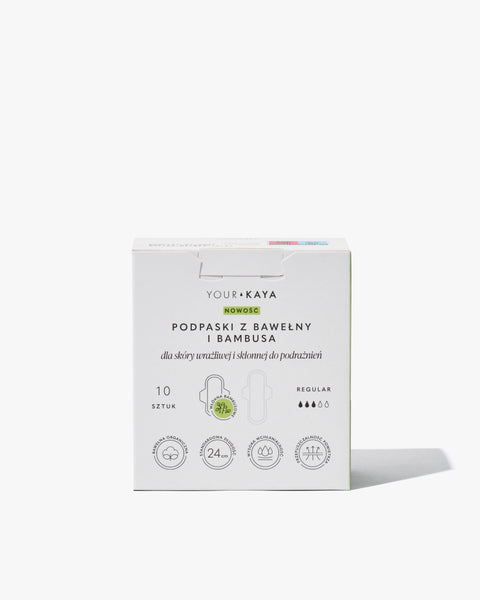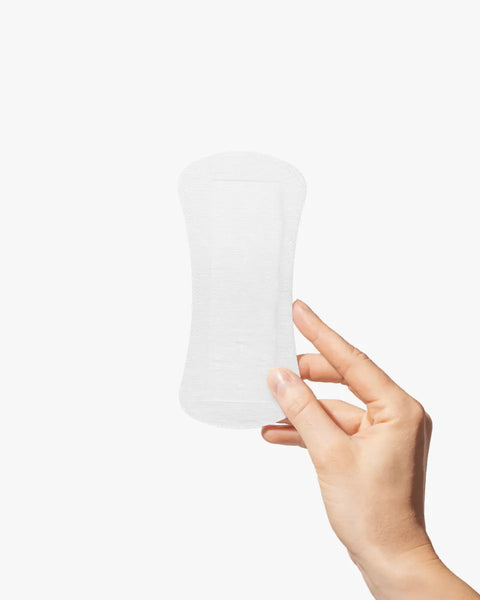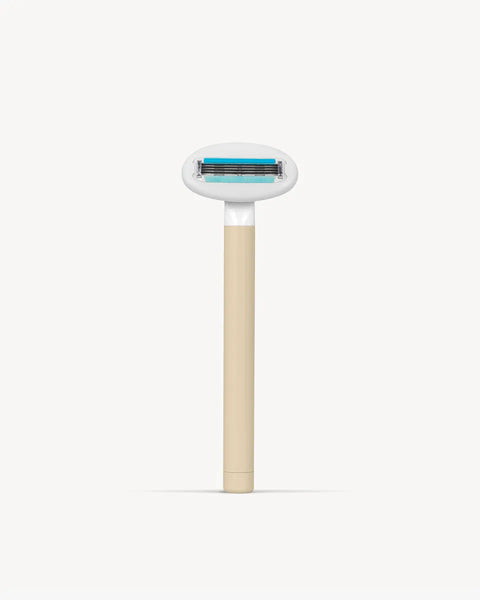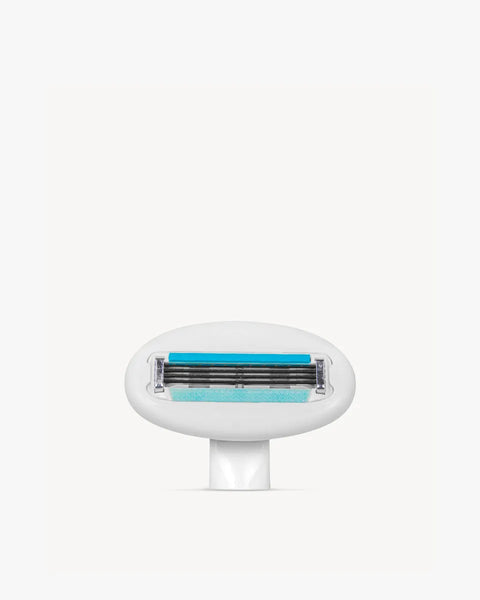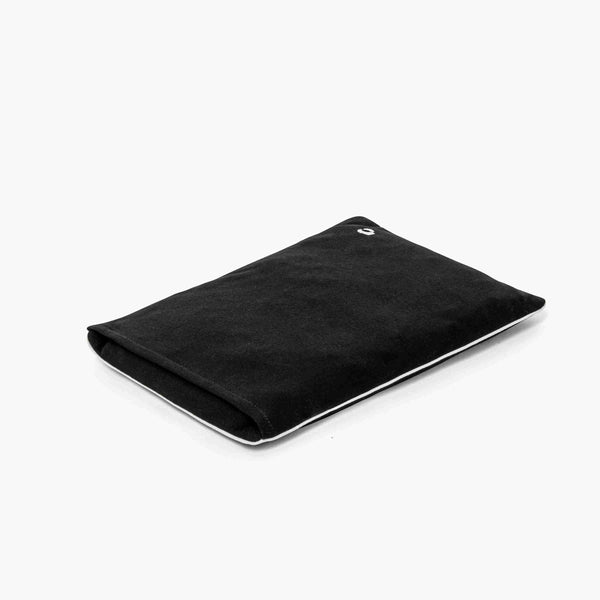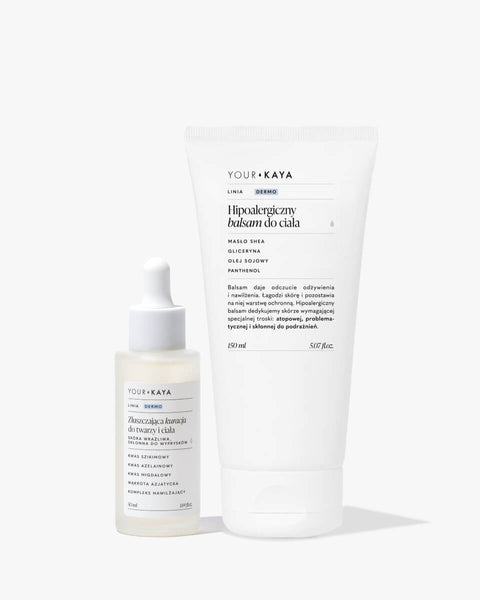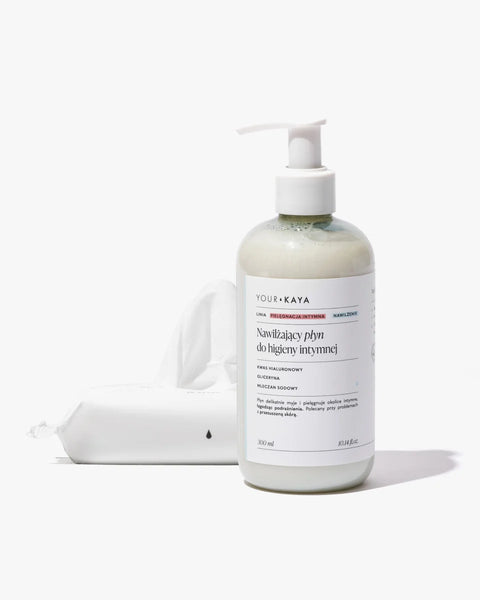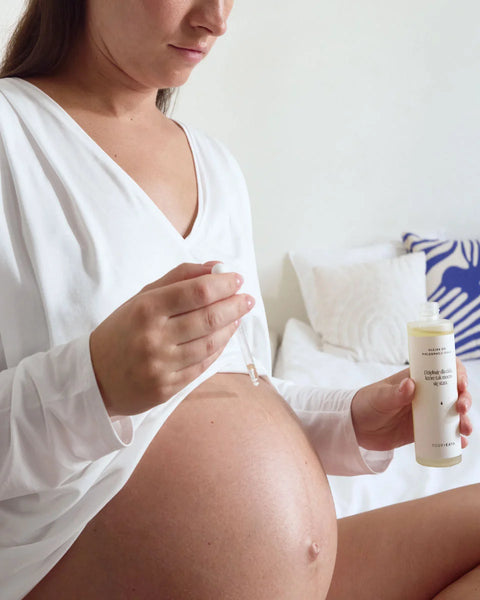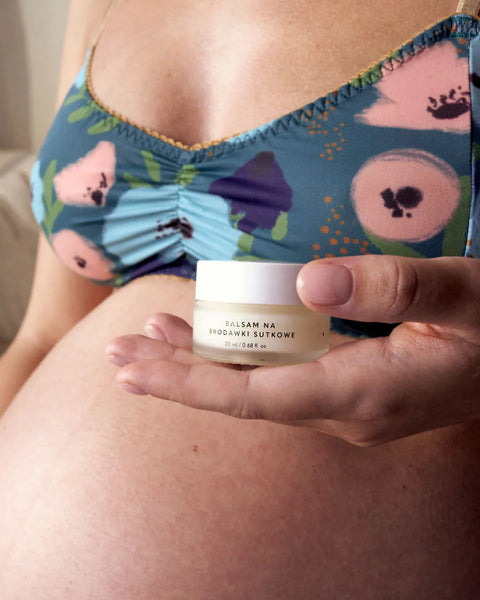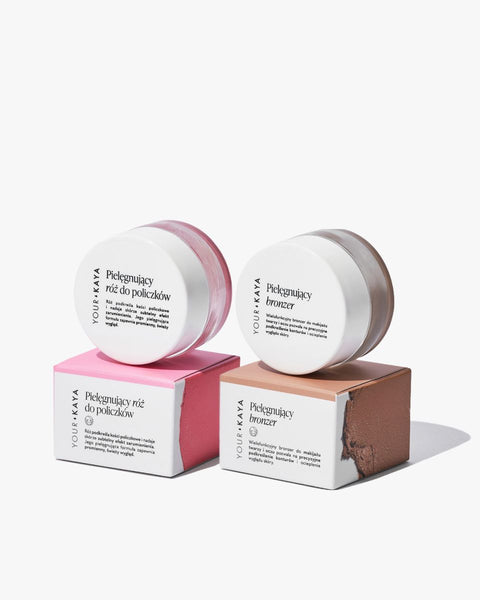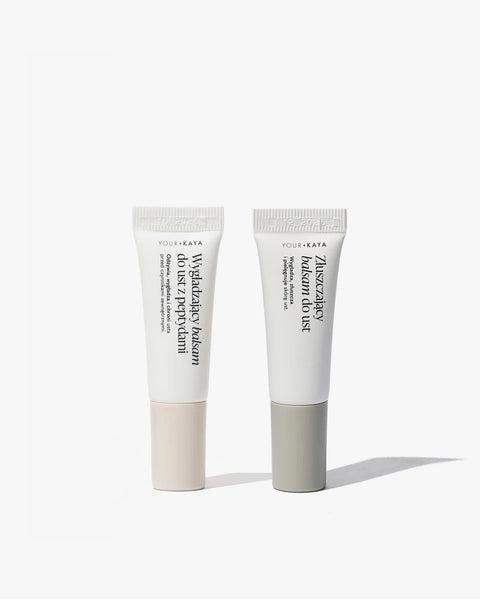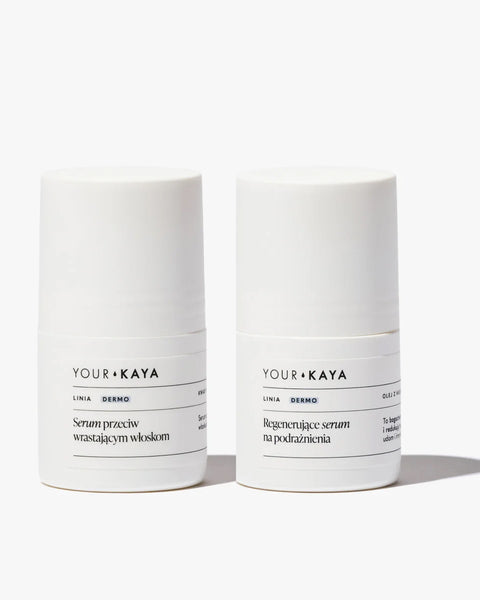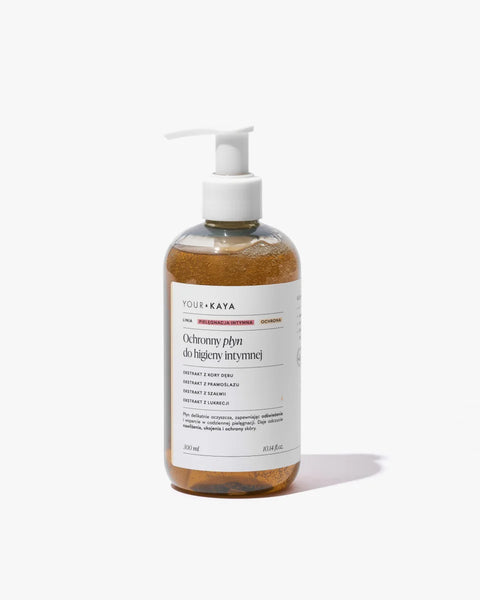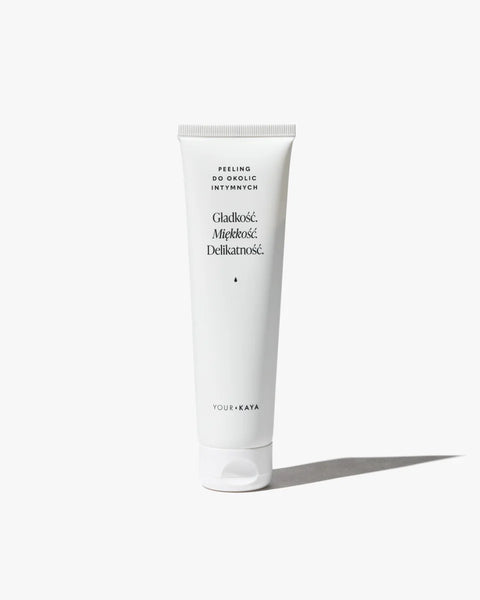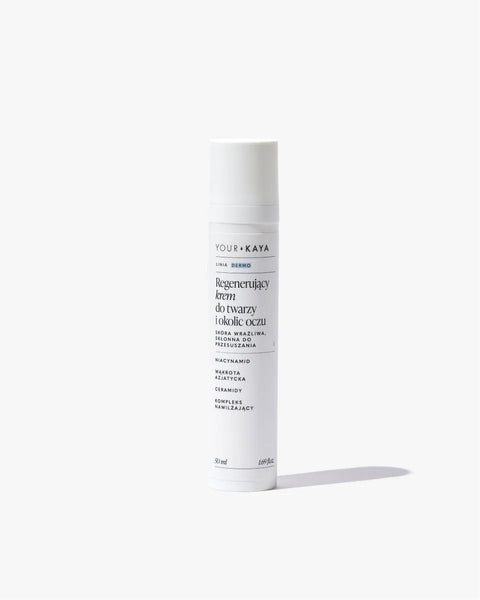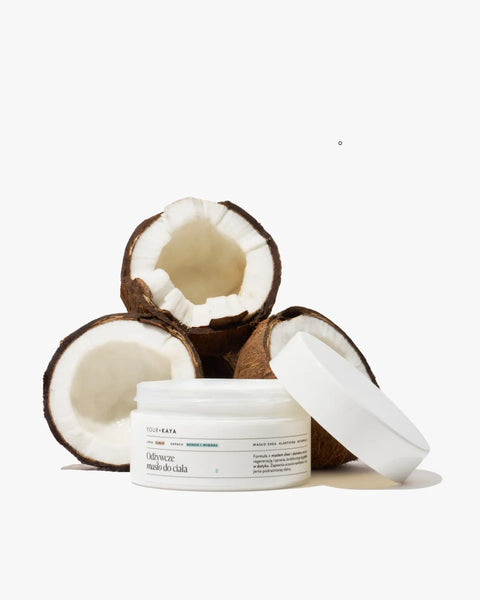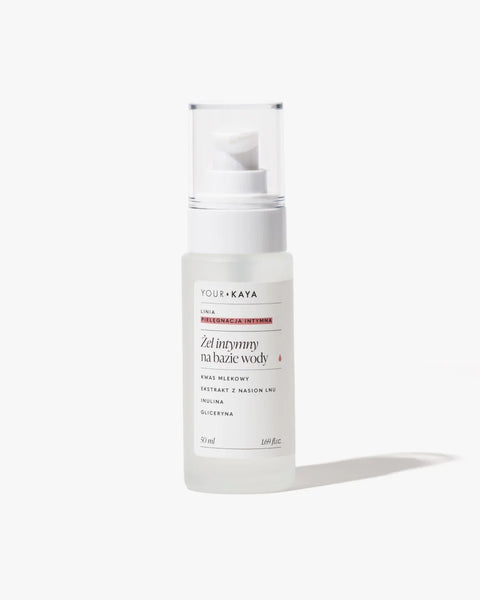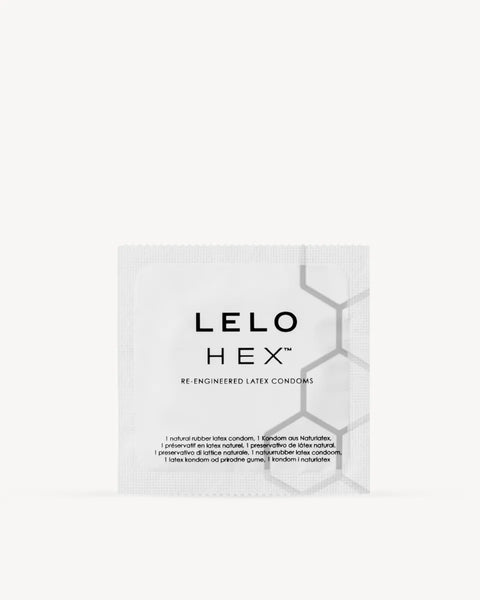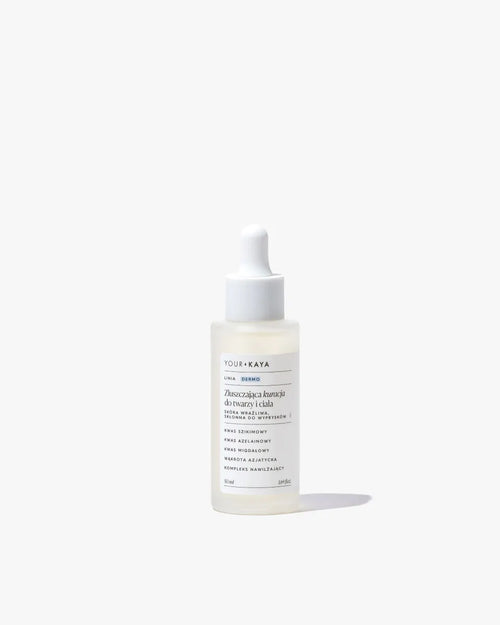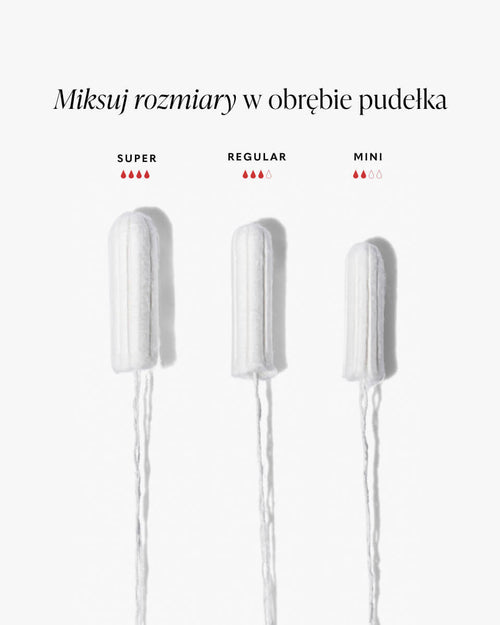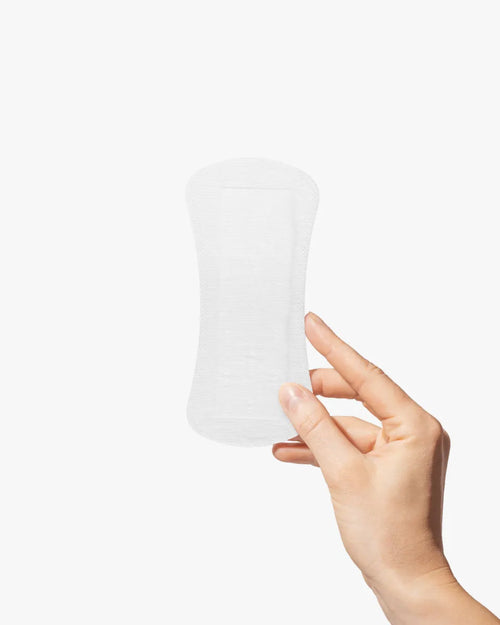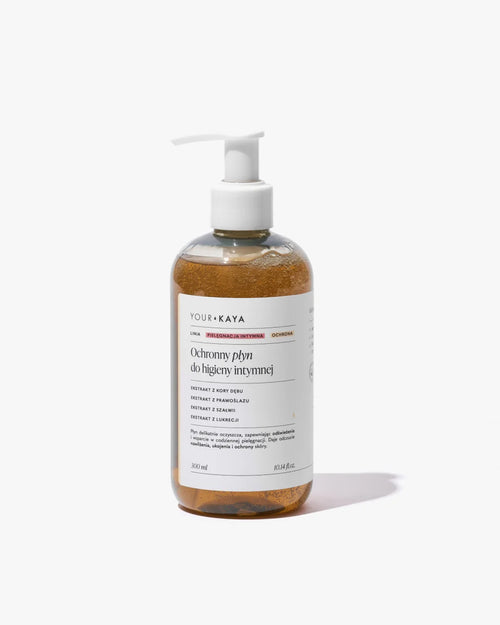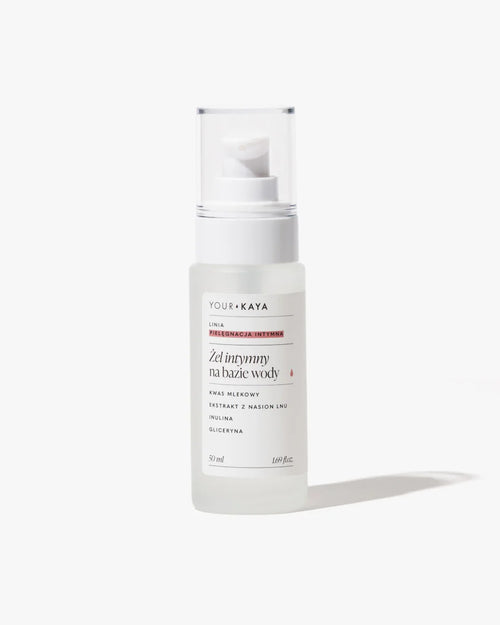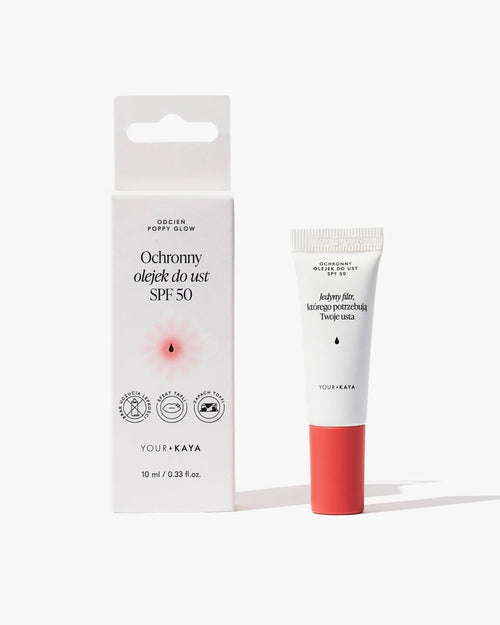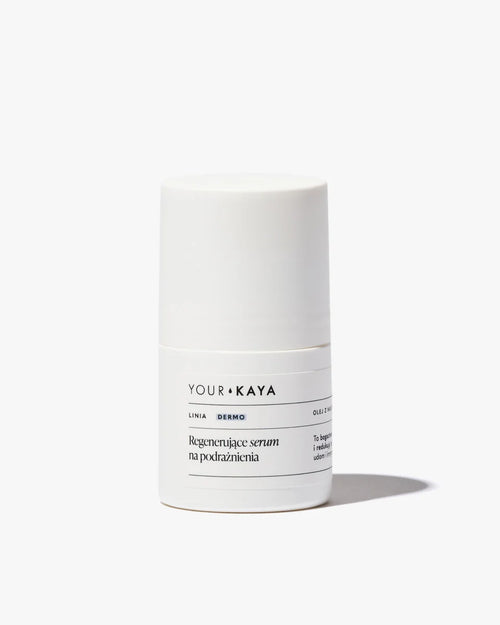From the beginning
Endometriosis diagnostics should begin with a precise definition of the patient's symptoms: what are they? when do they get worse? what is their nature? how intense is the pain and is it accompanied by other symptoms, such as problems with defecation or nausea? are you being treated for any other reason? There are many diseases that we currently associate with endometriosis (for example, irritable bowel syndrome or thyroid disease). Observe your body and listen to what it tells you.
Endometriosis is a nasty disease – it seems to be a mild condition, we know how to treat it (but we will talk about that another time), but unfortunately it often recurs and spreads almost like a cancer. The endometriosis lesion infiltrates the surrounding tissues (this is exactly what causes pain – destruction of tissues and their innervation) and creates a new network of vessels to have something to feed on. It sounds quite oncological, but fortunately only when it comes to the local situation. It is precisely because of the dual nature of endometriosis that so many scientists are fascinated by this topic and are constantly researching the way it develops and the possibilities of diagnosis and treatment. There is more and more talk about the immunological and genetic basis of this disease. Why am I writing about this apropos diagnostics? To make you aware that sometimes detecting endometriosis is difficult precisely because of the multi-symptom nature, the size of the lesions (small foci on the peritoneum), and the various places where it occurs.

Diagnosing Endometriosis
Gynecological examination
After a thorough interview, it's time for a medical examination. We start with a thorough gynecological examination. We look at the cervix and vagina with specula. It should be noted that changes in the vagina can occur after natural childbirth - both in the case of rupture and incision. Endometrial cells "implant" in the wound and later cause pain, which intensifies during menstruation. We can find bruising of the scar from the perineal wound or simply endometrial nodules.
We move on to palpation, bimanual. We do it gently, but we have to examine specific structures, so forgive us if you feel discomfort or pain. In this way, we assess the mobility of the uterus, which may be reduced in the case of endometriosis. We examine the ovaries - they should be palpable and painless. In the case of large cysts, we will examine them during a gynecological examination (in the case of smaller ones, verification with a transvaginal ultrasound is necessary or - if you have not had sex yet - transrectal). Diagnostics is sometimes supported by a simultaneous examination through the rectum, which provides even more detailed information about the anatomical relations in your pelvis.
Ultrasound
If endometriosis is suspected due to the symptoms of the disease, the next step is an ultrasound examination – transvaginal or transrectal. With its help, we assess the ovaries – in addition to any cysts, we analyze their location. Are they typically located? Or maybe they seem to be “glued” to the uterus or – even worse – glued together (so-called kissing ovaries in advanced endometriosis)? We follow the course of the fallopian tubes – physiologically, we should not see any dilation or cysts. We also pay attention to the appearance of the uterus and indications suggesting adenomyosis, i.e. endometriosis of the uterine muscle. We try to note anatomical abnormalities that may suggest peritoneal adhesions (i.e. “gluing” together of tissues in the abdominal cavity), caused by endometriosis foci. We also assess the mobility of individual structures in relation to each other on an ongoing basis – ultrasound is, after all, a dynamic examination.
Ultrasound with contrast
If we are unable to find changes in a standard ultrasound or if we have doubts about their presence, we extend the examination by using contrast. Depending on what we want to visualize more precisely, we have several options.
In the first version, we introduce a fluid (or delicate foam) through a thin catheter into the uterine cavity. Thanks to this, we will see the filled fallopian tubes precisely and assess their walls. Additionally, we will look at the uterine cavity and check if there are no adhesions and if the walls are of equal thickness. In the case of disturbances in proportions, we can suspect the previously mentioned adenomyosis.
The test is best performed in the first phase of the cycle. During this time, you may feel discomfort related to the insertion of the catheter (this is especially true for women who have not given birth naturally), as well as menstrual-like pain.
Another option is to introduce a contrast gel into the vagina. With its help, we assess the lower part of the reproductive system. We observe the anterior and posterior walls of the vagina and the organs adjacent to it. We see more precisely any changes in the wall of the bladder or large intestine. In this examination, we often find deeply infiltrating foci, not so obvious to detect in its standard version.
Ultrasound with rectal enema
Do we still have any ultrasound options? Of course! If, in addition to pain, there are also problems with defecation and/or the pain radiates to the sacrum, we can suspect endometriosis of the walls of the final section of the large intestine. A rectal enema during a transvaginal ultrasound examination will help us assess the occurrence of possible narrowings of the lumen of the accessible intestine. And it is here that our work is hampered by the basic limitation of transvaginal ultrasound in diagnosing endometriosis: we only image the lesser pelvis.
It is very important to supplement transvaginal (or transrectal) ultrasound with an assessment of the urinary system. While we can check the bladder in the first examination, the ureters and kidneys are only accessible in a transabdominal examination. We need to see if there are any obstructions or dilatations that would suggest endometriosis in the urinary system.
As I mentioned at the beginning, diagnosing endometriosis can be really demanding. It is important that you do not stop searching if you have certain symptoms. Sometimes it is worth expanding this process to include other imaging tests, such as magnetic resonance imaging, computed tomography or – in complicated cases – endoscopic examinations of the digestive tract and bladder. These are best performed in centers that have experience in diagnosing endometriosis.
Magnetic resonance imaging of the pelvis
Most of your questions were about magnetic resonance imaging, so let's start with the basics, which I will try to describe as vividly as possible. Magnetic resonance imaging uses the phenomenon of observing magnetic fields around the nucleus, excited by radio waves sent from the device. The machine receives the reflection in the magnetic field and records the "appearance" of the cells. It should be noted here that X-ray radiation, used in standard computed tomography, is not used here. This is why magnetic resonance is considered a safe method - to the extent that it is even performed on pregnant women.
There are several contraindications to MRI, but they are not due to its harmful effects, but rather to the way it works. Due to the generation of a large magnetic field, this method is not suitable for people who have metal objects in their bodies, such as pacemakers or prostheses. Implants made of materials other than metal are safe, but usually interfere with MRI imaging.
There is a certain risk associated with the use of contrast in various imaging methods - it can cause allergic reactions (due to the iodine it contains). In some studies, its use is necessary, but this does not mean that it will definitely be necessary in your case. The doctor decides whether it is necessary to use it, analyzing all the circumstances, including the risk of an allergic reaction.
How to prepare for an MRI?
Be sure to bring any previous imaging results with you. They will help your doctor describe the results. Do not use cosmetics on the area being examined, as they can affect the quality of the image. Just like metal foreign bodies in the body, your jewelry can interact with the device, so be sure to remove it before the test or leave it at home. You should refrain from eating before many tests - usually 2 to 3 hours is enough, but for imaging the digestive system, the time can be as long as 6 to 8 hours. Ask the doctor ordering the test what will happen in your case.
The MRI scanner is usually in the form of a tunnel. Devices with a larger space are rather rare. So if you suffer from claustrophobia, tell the doctor ordering the test, because sedation or even general anesthesia may be necessary. It is a good idea to plan this in advance. However, if you have not been diagnosed with such a phobia and you are still worried - do not worry. During the test, you have a button with you that you can use to stop it at any time. Prepare yourself for unpleasant crackling and popping - earplugs can be very useful! And after the test? Phew... You survived. If you had contrast, you will be kept under observation for a while. If not - you are free to go.
Magnetic resonance imaging and endometriosis
What is the purpose of magnetic resonance imaging in diagnosing endometriosis? When it comes to changes in the ovaries, it is comparable in effectiveness to ultrasound, but is more effective in assessing deeply infiltrating endometriosis. It allows for a thorough examination of the intestine, as well as an analysis of the condition of the pelvic organs and the relations between them. It is possible to perform magnetic resonance with enema: rectal and vaginal, thanks to which the relations between the organs will be observed even better. Additionally, with the help of magnetic resonance, we can image a larger part of our body than just the pelvis. In the diagnosis of endometriosis, the experience of the doctor describing the examination plays a large role, because its final result depends on the description.
Diagnostic laparoscopy
Endometriosis in its early stages can take the form of millimeter-sized implants located on serous membranes, whether it’s the inner abdominal wall or the outer walls of the bladder and intestine. And believe me, I’ve seen endometrial foci the size of a pinhead – there’s no way to see them except through laparoscopy. I know it’s controversial, but let me write about it not only as a doctor, but also as a woman who could undergo this procedure.
The Polish Society of Gynecologists and Obstetricians currently recommends laparoscopy as standard, i.e. the introduction of a camera and surgical instruments into the abdominal cavity. These recommendations are currently being updated – we will see what their changes will bring. Each of us knows that in relation to endometriosis, an individual approach to all patients is particularly important. What seems to be the best solution for one person does not have to be appropriate for another – that is why I always emphasize that medicine is not black and white. There is a whole range of colors, i.e. options between two extremes. For this reason, specialists may recommend one treatment for endometriosis to you, and a completely different one to a colleague with a similar problem.
But back to laparoscopy, it is a minimally invasive surgical procedure (but still a procedure!) – we insert instruments through small incisions in the abdominal wall. Even in the purely diagnostic option, it is performed under general anesthesia, which carries a risk of complications. People who read extensive consents for the procedure and had to go through the entire list of complications certainly know this. They are very rare, but you should be aware of the possibility of their occurrence.
On the other hand, laparoscopy is characterized by high diagnostic efficiency. Of course, specialized centers are able to provide a diagnosis with a high level of certainty in imaging studies, but it still comes down to a histopathological examination, where the diagnosis of the disease appears in black and white. In the case of endometriosis of the rectovaginal septum, we collect material through the vagina. However, we must be aware that puncturing the vaginal wall can transfer bacteria living in it to the abdominal cavity and cause an infection. This is not a standard procedure, but it is justified in selected cases.
Additionally, during laparoscopy it is possible to visualize the entire abdominal cavity and look for millimeter-sized endometrial implants or check the patency of the fallopian tubes, which is particularly important in the diagnosis of infertility associated with endometriosis.
Should I perform laparoscopy?
A completely different topic is laparoscopy, during which we want to remove changes detected in imaging tests. I think it is no longer as controversial, because it is performed not only to deepen diagnostics, but also to remove existing endometriosis foci.
The decision to undergo surgery should be made jointly by the doctor and the patient. Each decision is made individually. The key factors in such cases are the stage of endometriosis and the patient's symptoms, as well as her reproductive plans, previous surgeries, and age. In fact, the fewer surgeries in endometriosis, the better. The trick is to calculate the gains and losses so that the patient gains the greatest possible benefits from our treatment.
If you are interested in what endometriosis surgery looks like, read Paulina Czajkowska's text on this topic.
Endometriosis - diagnosis based on laboratory blood tests
As for laboratory tests, unfortunately we do not have any specific indicator. CA 125 is a marker known rather from oncology, but it can be elevated in endometriosis. Unfortunately, this is not the rule and sometimes with a normal result we find changes in the abdominal cavity. Therefore, there are no indications for its routine performance. In selected cases, we use CA 125 to monitor the severity of endometriosis, but only when this indicator was initially elevated.
An endometriosis specialist is essential
Choosing a specialist to take care of you is very important. It is best to look for someone who focuses on treating endometriosis. An experienced doctor can choose the best diagnostic option for the patient, and then look for appropriate methods of treating endometriosis – balancing between recommendations, your symptoms and your own limitations. Gynecology is a very broad field and each of us has our professional “love” 😉
Created at: 07/08/2022
Updated at: 16/08/2022
